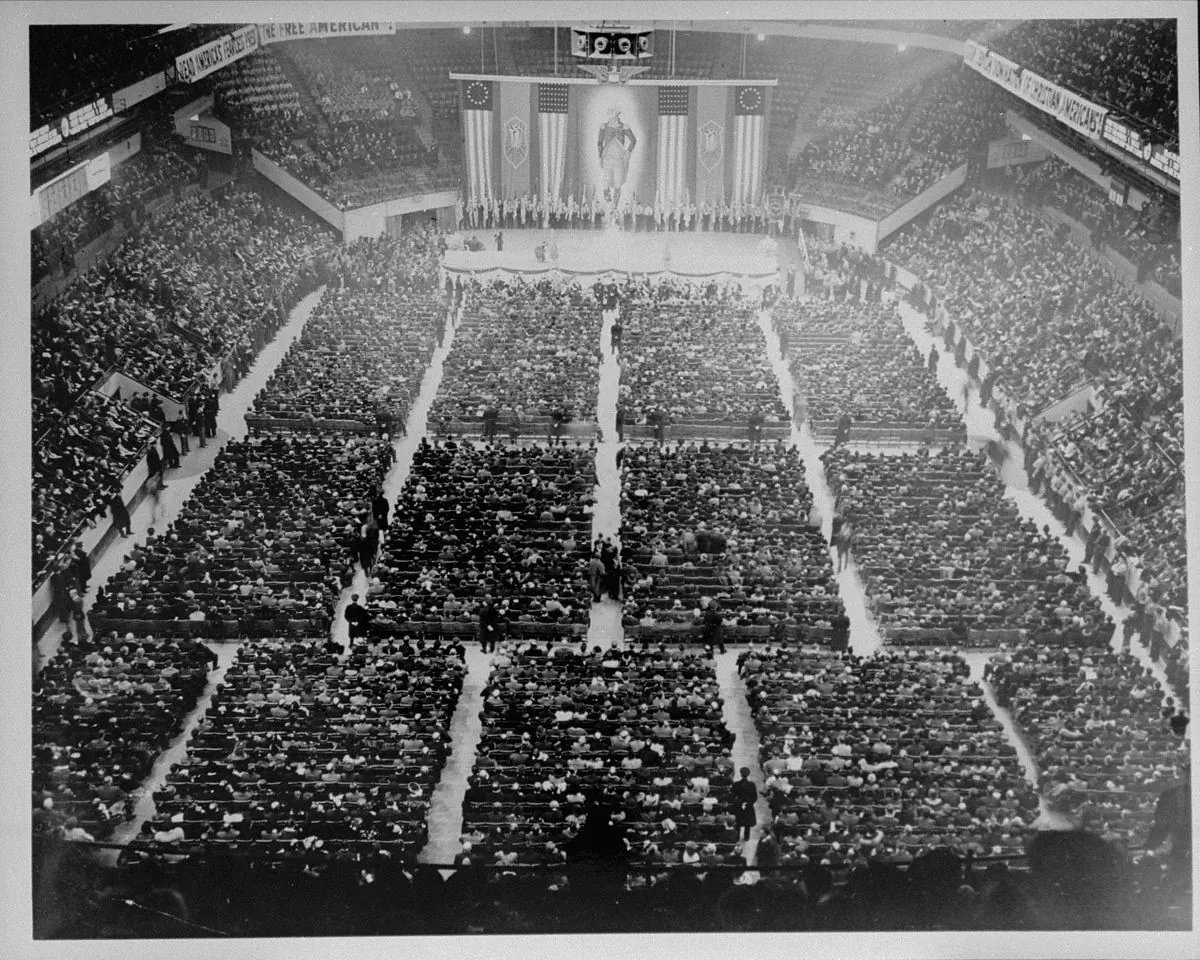Stadiums: From Sports Arenas to Civic Engagement Hubs
Explore the evolution of American stadiums from mere sports venues to multifaceted spaces for civic engagement, political expression, and community building, as detailed in Frank Andre Guridy's "The Stadium."

In the winter of 2021, as the COVID-19 pandemic gripped the nation, many Americans found themselves in an unexpected setting for a crucial medical procedure. State Farm Stadium in Glendale, Arizona, home to the Arizona Cardinals, transformed into a massive vaccination center. This event exemplifies a long-standing tradition of stadiums serving as more than just sports arenas.
Frank Andre Guridy, a professor at Columbia University, explores this phenomenon in his book "The Stadium: An American History of Politics, Protest, and Play." The work delves into the multifaceted role of stadiums in American society, from hosting sports events to becoming platforms for civic engagement and political expression.
Stadiums have long been vessels for political messages, despite attempts to keep sports and politics separate. Conservative commentator Laura Ingraham's infamous "shut up and dribble" remark stands in stark contrast to the rich history of athlete activism and stadium-based political events.
Guridy's book joins a growing body of literature examining sports through a socio-political lens. Works by Natalia Mehlman Petrzela, Derrick E. White, and Theresa Runstedtler similarly explore the intersection of sports, politics, and society.

However, stadiums have not always been bastions of inclusivity. They have sometimes served as canvases for asserting masculinist and white supremacist ideologies. The Sugar Bowl at Tulane Stadium in New Orleans, for instance, once embraced Confederate nostalgia. Similarly, stadiums like Griffith Stadium and RFK Stadium appropriated Indigenous American imagery.
Yet, change has come. The mid-1970s saw Tulane Stadium host a desegregated Sugar Bowl, a desegregated Super Bowl, and a game between historically black colleges Grambling State and Southern University. The renaming of Washington's football team further demonstrates progress in moving away from demeaning Native American iconography.
Guridy also highlights the stadium's role in mass politics. In the 1930s, New York's Madison Square Garden and Yankee Stadium became sites for rallies against fascism and for labor rights. The tradition of "Negro Freedom Rallies" in the 1940s established these venues as platforms for civil rights advocacy.
"Madison Square Garden hosted one of the very first rallies to call attention to Nazi persecution of German Jews, in 1933, and also became a fascist meeting hall the following year, hosting a hockey game one night and a Nazi rally the next."
While privatization and gentrification have somewhat eroded the public and political potential of stadiums, recent athlete activism, particularly in support of Black lives, has reignited their role as sites of protest and community engagement.
As we look to the future, Guridy's work serves as a reminder of the stadium's potential as a civic space. From vaccination centers to voting locations, these structures continue to play a vital role in American public life, far beyond the realm of sports.


































